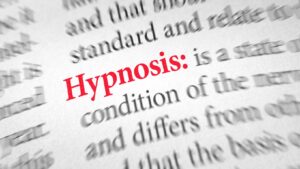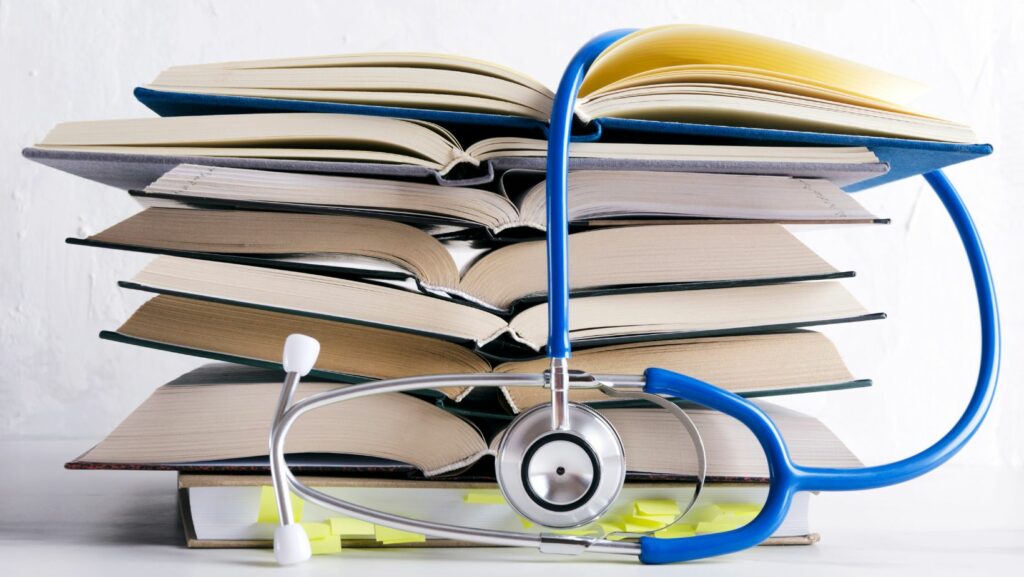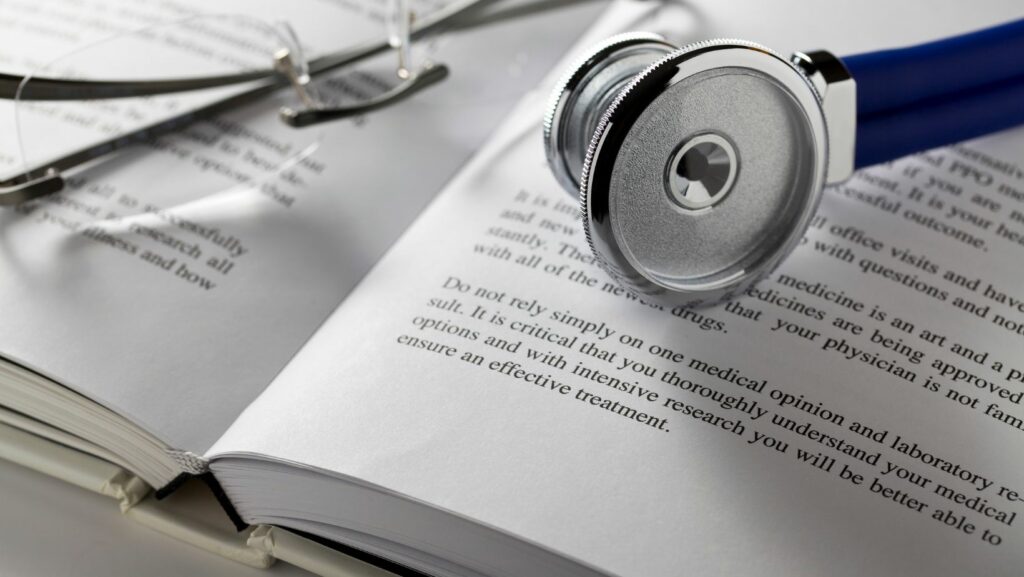Key Takeaways
- Effective Communication is Essential: Mastering medical language is crucial for clear communication among health care professionals and for ensuring patient comprehension of medical conditions and treatment options.
- Advancements in Learning Tools: eBooks like “”Medical Language for Modern Health Care”” utilize the EPUB format to provide interactive and accessible resources that enhance learning and retention.
- Comprehensive Coverage of Topics: The EPUB includes a diverse range of medical terminology covering anatomy, diseases, procedures, and pharmacology, vital for modern health care professionals.
- Engagement through Interactivity: Features such as quizzes, flashcards, and multimedia elements in EPUB enhance the learning experience and promote active engagement with complex terminology.
- Informed Patient Care: Improved mastery of medical language leads to better patient interactions, engagement, and adherence to treatment plans, which ultimately enhance health outcomes.
- Up-to-Date Resources: The electronic format allows for continuous updates and integration of current practices, ensuring health care professionals stay informed about evolving terminology and best practices.
In today’s fast-paced health care environment, effective communication is crucial. Medical language serves as the backbone for understanding complex concepts and ensuring clarity among professionals and patients alike. With advancements in technology, the demand for accessible resources has surged, leading to the rise of eBooks like “”Medical Language for Modern Health Care.””
This digital resource not only simplifies intricate medical terminology but also equips readers with the tools they need to navigate the evolving landscape of health care. By embracing modern methods of learning, health care professionals can enhance their skills and improve patient interactions, ultimately fostering better health outcomes.
Medical Language for Modern Health Care EPUB
 Medical language serves as a foundational element in the health care field, facilitating clear communication among professionals and between providers and patients. This specialized vocabulary encompasses terminology related to anatomy, diseases, procedures, and pharmacology, ensuring accurate exchanges of information critical for quality care.
Medical language serves as a foundational element in the health care field, facilitating clear communication among professionals and between providers and patients. This specialized vocabulary encompasses terminology related to anatomy, diseases, procedures, and pharmacology, ensuring accurate exchanges of information critical for quality care.
With the rise of electronic resources, eBooks like “”Medical Language for Modern Health Care”” play a pivotal role in delivering this knowledge efficiently. Featuring user-friendly layouts, these digital platforms allow users to engage with medical terms interactively. They provide pronunciation guides, definitions, and contextual examples to enhance comprehension, making them valuable tools for both new and seasoned professionals.
As health care continues to evolve, mastering medical language becomes increasingly important. It aids in reducing misunderstandings, which may lead to errors in diagnosis or treatment. The comprehensive resources offered in eBook formats empower medical staff to maintain up-to-date knowledge and improve their communication skills, ultimately benefiting patient care and outcomes.
Medical educators and trainers support the integration of structured learning materials that focus on relevant terminology and concepts. Engaging with these tools ensures a consistent use of language across multidisciplinary teams, which is essential for effective collaboration and coordination.
Overall, understanding medical language significantly impacts the interactions between health care providers and patients. It enhances the delivery of health information, ensuring patients comprehend their conditions and treatment options. Thus, resources like “”Medical Language for Modern Health Care”” are crucial for fostering an informed and effective health care environment.
Key Features of the Epub Format
 The EPUB format offers several key features that enhance the experience of accessing medical language resources. Its user-friendly design makes it suitable for health care professionals seeking efficient and effective learning tools.
The EPUB format offers several key features that enhance the experience of accessing medical language resources. Its user-friendly design makes it suitable for health care professionals seeking efficient and effective learning tools.
EPUB files are compatible with various devices, including smartphones, tablets, and eReaders. This compatibility allows users to access content anytime and anywhere, facilitating on-the-go learning. Text resizing and reflow options contribute to a personalized reading experience, accommodating diverse user needs. Additionally, EPUB supports multimedia elements, such as audio clips and videos, which provide pronunciation examples and further clarify terminology.
Enhanced Learning Experience
EPUB’s interactive elements promote engagement through quizzes, flashcards, and hyperlinks. These tools reinforce understanding of complex medical terms and concepts. Bookmarking capabilities enable users to save important sections for future reference, improving overall retention. Furthermore, embedded glossaries within EPUB files allow for quick comprehension of specialized vocabulary, fostering a seamless and enriching learning process.
Importance of Medical Language in Health Care
Medical language significantly impacts effective communication within the health care system. Its mastery is crucial for improving interactions among professionals and fostering patient understanding.
Communication Among Professionals
Communication among professionals hinges on a shared understanding of medical terminology. Precise language minimizes errors in documentation, diagnosis, and treatment. Clinicians, nurses, and allied health staff rely on specialized vocabulary to convey complex concepts clearly. For instance, terms related to pathology, pharmacology, and surgical procedures ensure everyone involved in patient care understands the context and urgency of situations. This clarity enhances collaboration across multidisciplinary teams, promotes patient safety, and leads to more accurate health care practices.
Patient Interaction and Understanding
Patient interaction necessitates a clear and empathetic use of medical language. Effective communication aids patients in grasping their health conditions, treatment options, and medications. Simplifying medical terms and using relatable language fosters better patient comprehension and reduces anxiety surrounding medical processes. By understanding medical language, patients become more engaged in their own health care, leading to improved adherence to treatment plans and health outcomes. Resources like “Medical Language for Modern Health Care” provide valuable tools for health care professionals to enhance these critical interactions.
Review of Content and Structure
The “”Medical Language for Modern Health Care”” EPUB presents a comprehensive array of topics tailored for today’s health care professionals. It serves as a valuable resource, offering insight into key medical terminology necessary for effective practice.
Topics Covered in the EPUB
- Anatomy: Detailed definitions and illustrations facilitate understanding of body structures.
- Diseases: Comprehensive discussions on common and complex diseases enhance diagnostic knowledge.
- Procedures: Step-by-step explanations of medical procedures promote clarity and precision in communication.
- Pharmacology: Insight into medications, their uses, and side effects supports informed prescribing and patient education.
Relevance to Current Health Care Practices
Current health care practices emphasize clear communication and accurate documentation. The EPUB addresses these needs by incorporating:
- Simplified Medical Terms: Simplified language helps bridge gaps between professionals and patients.
- Interactive Elements: Engagement through quizzes and multimedia reinforces learning and application of medical terms.
- Accessibility: Compatibility with various devices ensures that critical resources are available on-demand.
This resource significantly contributes to enhancing patient safety by improving understanding among health care providers and fostering patient engagement in health care decisions. The structured learning components enable professionals to adapt quickly to the evolving demands of the health care landscape.
Author and Publisher Insights
The authors of “”Medical Language for Modern Health Care”” include experts in medical terminology and health communication, ensuring the content reflects current practices and applications. Their collective experience spans various health care settings, which enhances the relevance and applicability of the material.
The publisher’s commitment to producing high-quality educational resources supports the needs of health care professionals. The focus on interactive and accessible formats, like EPUB, ensures that readers engage with the material effectively. Electronic medical language resources allow continuous updates, keeping professionals informed of changes in terminology and best practices.
Feedback from health care educators played a crucial role in shaping the content. Their insights contributed to the development of structured learning components that align with curriculum standards. By integrating real-world scenarios and case studies, the authors demonstrate practical applications of medical language in everyday health care interactions.
This collaboration between authors and publishers aims to enhance the educational journey of health care professionals. Their dedication to fostering a well-informed workforce results in improved patient communication strategies, ultimately benefiting health care delivery and outcomes.
Accessibility and Convenience
Mastering medical language is vital for effective communication in today’s health care environment. Resources like “”Medical Language for Modern Health Care”” play a crucial role in equipping professionals with the necessary terminology to enhance interactions with patients and colleagues. By simplifying complex concepts and providing interactive tools, this EPUB format enables users to access information conveniently and engage deeply with the material.
As the health care landscape continues to evolve, the importance of clear and empathetic communication cannot be overstated. With the right resources, health care professionals can significantly improve patient understanding and safety, ultimately leading to better health outcomes. Embracing these tools is essential for fostering a collaborative and informed health care environment.
“



